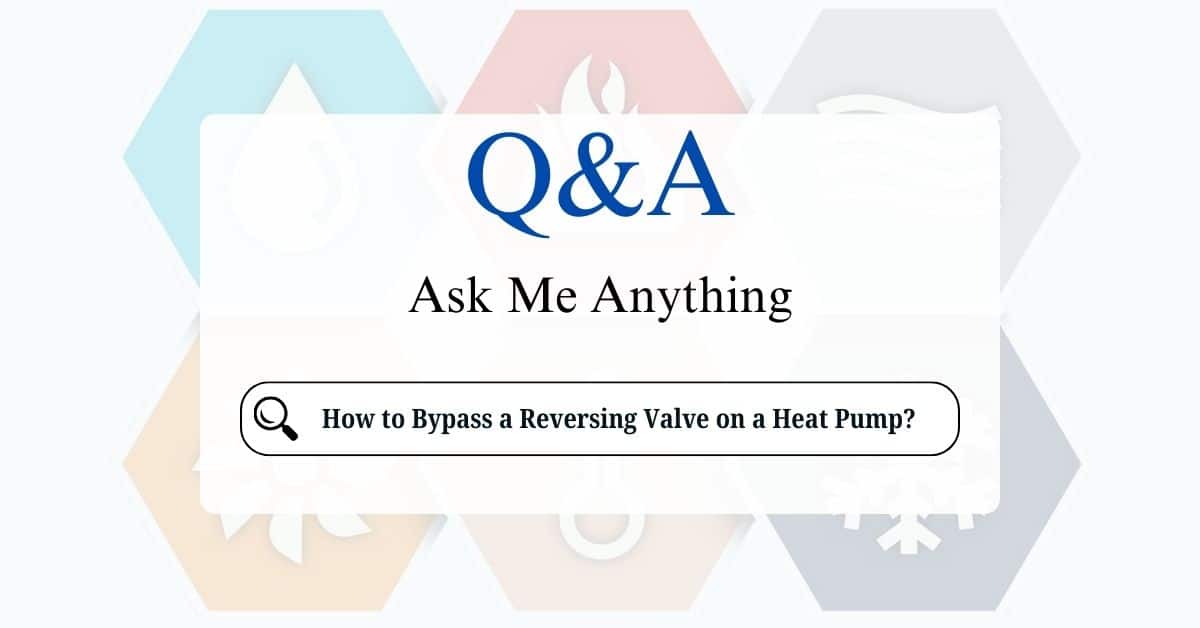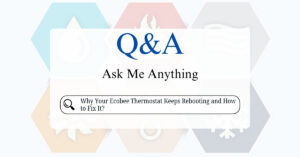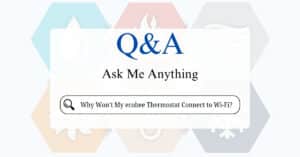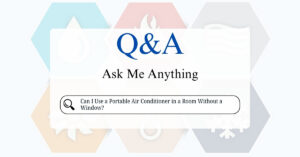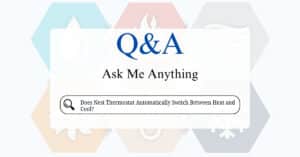The reversing valve is a crucial component in a heat pump, responsible for switching between heating and cooling modes. While the idea of bypassing it might seem like a quick fix for a heating or cooling issue, it’s generally not a safe or recommended practice for homeowners. This friendly guide will explain what the reversing valve does, why bypassing it is problematic, and what you should do instead if you’re experiencing problems with your heat pump’s heating or cooling.
What is a Reversing Valve and How Does It Work?
The reversing valve is a valve that controls the direction of refrigerant flow within the heat pump system. It’s what allows the heat pump to switch between heating and cooling.
- Heating Mode: In heating mode, the reversing valve directs refrigerant to absorb heat from the outside air and release it inside your home.
- Cooling Mode: In cooling mode, the reversing valve reverses the refrigerant flow, absorbing heat from inside your home and releasing it outside.
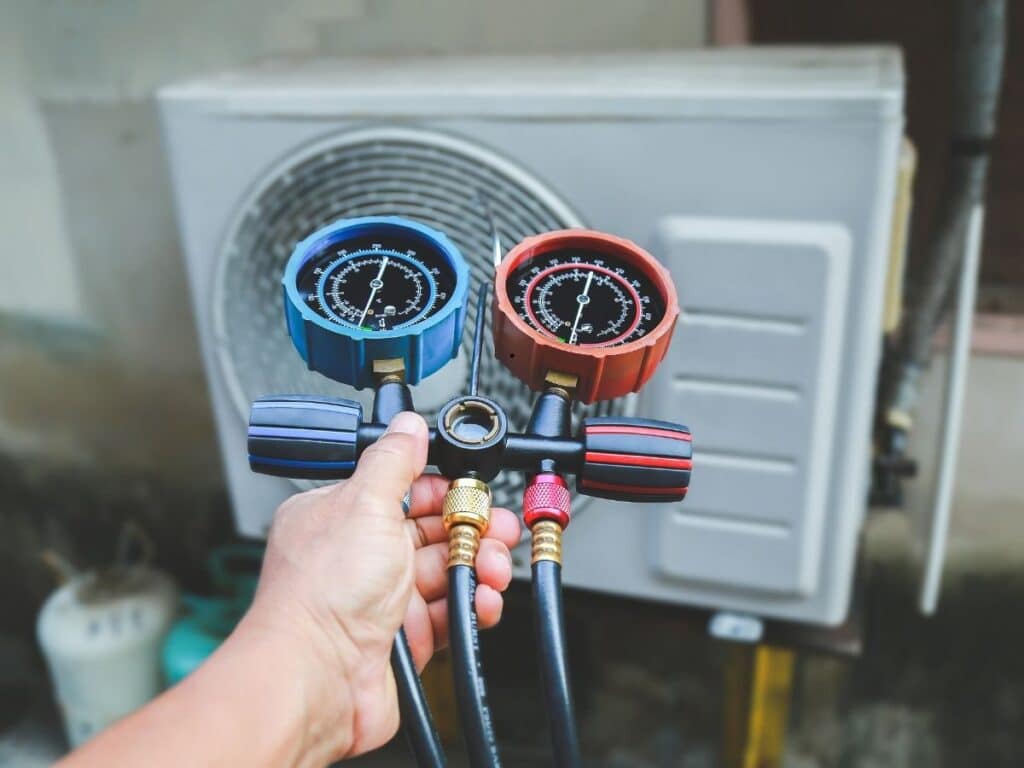
Step-by-Step Process Bypassing a Reversing Valve on a Heat Pump
Bypassing a reversing valve on a heat pump is typically done for diagnostic purposes or in emergencies when the valve is stuck or malfunctioning.
This is not a permanent solution and should only be used temporarily until repairs can be made.
1. Gather Tools
- Screwdriver
- Multimeter (to test electrical connections)
- Insulated wire jumper
- Safety goggles and gloves
2. Turn Off Power to the System
- Shut off power to the heat pump at the breaker panel to ensure safety.
- Verify that the system is off by checking the thermostat and outdoor unit.
3. Locate the Reversing Valve
- The reversing valve is typically near the compressor in the outdoor unit.
- It has three refrigerant lines connected: one suction line and two discharge lines.
4. Test the Solenoid
- Locate the Solenoid:
- The solenoid coil controls the reversing valve and is connected to the thermostat wiring.
- Use a Multimeter:
- Set the multimeter to the resistance (ohms) setting.
- Test the solenoid coil for continuity. A reading of zero or infinite resistance indicates a faulty solenoid.
5. Disconnect the Solenoid Wiring
- Remove the wires connected to the solenoid coil.
- Note the wire connections for future reinstallation.
6. Bypass the Reversing Valve
To bypass the valve:
- Leave the Valve in Its Default Position:
- Most reversing valves default to heating mode when the solenoid is deactivated.
- Manually Switch the Valve (Optional):
- If the valve is stuck in cooling mode, gently tap the valve body with a rubber mallet to try to free it.
- Some valves can be manually switched by applying pressure to the internal slide (consult the manufacturer’s guide).
- Disconnect the Solenoid Signal:
- Prevent the thermostat from sending power to the solenoid by disconnecting the wiring or using a jumper to reroute the signal.
7. Restore Power
- Turn the power back on at the breaker panel.
- Set the thermostat to the mode corresponding to the bypassed valve position (heating or cooling).
8. Monitor System Operation
- Observe the heat pump to ensure it operates in the desired mode.
- Check for proper refrigerant flow and temperature differences across the system.
When to Bypass the Reversing Valve
Here are some things to consider when bypassing a heat pump’s reversing valve:
- The reversing valve is stuck or malfunctioning, and repairs are not immediately possible.
- You need to troubleshoot whether the reversing valve is causing the issue.
Why Bypassing the Reversing Valve is a Bad Idea
Bypassing the reversing valve is not a simple task and is generally not recommended for homeowners. Here’s why:
- Complex Refrigerant System: The refrigerant system is a sealed and pressurized system. Bypassing the reversing valve would involve manipulating refrigerant lines, which requires specialized tools and training.
- Risk of Refrigerant Leaks: Improperly handling refrigerant lines can lead to refrigerant leaks, which are harmful to the environment and can reduce your heat pump’s efficiency.
- Potential System Damage: Incorrectly bypassing the valve can damage other components of the heat pump, leading to costly repairs.
- Safety Hazards: Working with refrigerant and electrical components can be dangerous if not done correctly.
What Happens if the Reversing Valve Fails?
A malfunctioning reversing valve can cause several problems:
- No Heating or Cooling: The most common symptom is that the heat pump will only operate in one mode (either heating or cooling) and won’t switch to the other.
- Reduced Efficiency: Even if the valve is partially functioning, it might not be directing refrigerant flow efficiently, leading to reduced heating or cooling capacity and higher energy bills.
- Unusual Noises: Sometimes, a failing reversing valve can make unusual noises, such as clicking or rattling sounds.
What to Do If You Suspect a Reversing Valve Problem
If you suspect a problem with your heat pump’s reversing valve, the best course of action is to contact a qualified HVAC technician. They have the expertise, tools, and training to:
- Diagnose the Problem: They will perform a thorough inspection to determine if the reversing valve is indeed the cause of the issue.
- Repair or Replace the Valve: If the valve is faulty, they will either repair it or replace it with a new one.
- Ensure Proper Refrigerant Charge: After repairing or replacing the valve, they will check the refrigerant charge and ensure it’s at the correct level.
Before calling a technician, you can check a few things that might be causing similar symptoms:
- Thermostat Settings: Make sure your thermostat is set to the correct mode (heat or cool) and that the temperature settings are appropriate.
- Air Filters: Check your air filters and replace them if they’re dirty. Restricted airflow can sometimes mimic reversing valve problems.
- Power Supply: Ensure the heat pump is receiving power. Check the circuit breaker to make sure it hasn’t tripped.
Regular maintenance can help prevent many HVAC problems, including potential reversing valve issues:
- Annual Professional Tune-Ups: Schedule annual professional maintenance for your heat pump. During a tune-up, the technician will inspect all components, including the reversing valve, and ensure they’re functioning correctly.
- Regular Air Filter Changes: Changing your air filters regularly helps maintain proper airflow and reduces stress on the system.
By understanding these points and focusing on proper maintenance, you can keep your heat pump running efficiently and avoid the need for potentially risky bypass procedures. If you experience heating or cooling problems, always consult a qualified professional.
